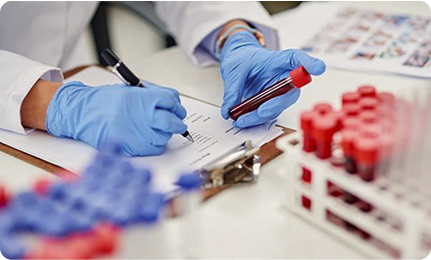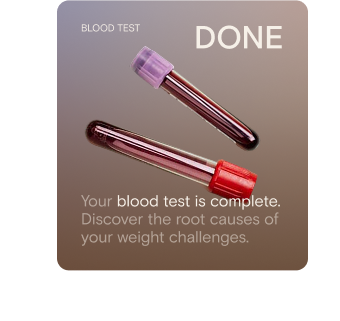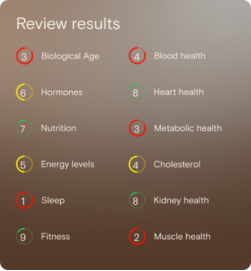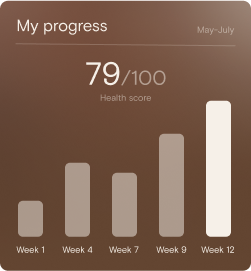What is LDL Cholesterol?
LDL (low-density lipoprotein) cholesterol is a lipoprotein particle that carries cholesterol from the liver to cells throughout your body. It is one of several lipoproteins in your bloodstream and is often colloquially called “bad” cholesterol, because when present in excess, it’s more likely to deposit in vessel walls.
Why does LDL Cholesterol matter for long-term health and wellbeing?
Over time, higher-than-optimal LDL levels can lead to accumulation of cholesterol in the inner lining of your blood vessels. This process increases metabolic burden and vascular stress, which can gradually limit your circulatory efficiency and resilience. By keeping LDL in an optimal zone, you support better blood flow, reduced oxidative strain, and improved metabolic balance — all key to energy, performance, and longevity.
What’s an optimal level of LDL Cholesterol?
- Laboratory (reference) range: 1.7 to 3.5 mmol/L
- Optimal (target) range: 1.5 to 2.6 mmol/L
If your LDL is above 2.6 mmol/L, it’s still within the lab reference range up to 3.5 mmol/L, but it lies outside the ideal zone for long-term metabolic optimisation.
What influences LDL Cholesterol levels?
Many factors affect LDL:
- Diet — especially saturated fat, trans fats, and dietary patterns
- Body weight and adiposity
- Physical activity
- Genetic predisposition
- Liver function and metabolism of lipids
- Hormonal status, insulin sensitivity, and metabolic health
- Other lipids and lipoprotein particles also interplay (for example, HDL, triglycerides, and non-HDL cholesterol)
What does it mean if LDL is outside the optimal range?
If your LDL is above 2.6 mmol/L, it suggests there’s room for metabolic and lifestyle optimisation. It doesn’t necessarily imply disease, but it does signal that one lever — lipid transport and vascular balance — is under strain. Seeing that early gives you opportunity: you can test small changes (in diet, movement, sleep, body composition) and see if your LDL shifts toward the optimal zone. A downward trend is a positive performance signal.
How can I support healthy LDL Cholesterol levels?
Here are evidence-based lifestyle strategies you can use:
- Emphasise whole foods, reduce saturated/trans fats, include more monounsaturated and polyunsaturated fats
- Increase soluble fibre (e.g. oats, legumes, fruits, vegetables) and plant sterols
- Maintain healthy body weight and lean mass
- Stay active (especially aerobic and resistance exercise)
- Support metabolic health: improve insulin sensitivity, manage carbohydrates smartly
- Moderate alcohol intake; avoid smoking
- Monitor other biomarkers (e.g. HDL, triglycerides, liver markers) to see patterns rather than a single number
Tracking LDL Cholesterol is a powerful insight into your ongoing metabolic trajectory. Starting now allows you to observe trends, test how your lifestyle influences your lipid balance, and gradually optimise for energy, longevity and vascular resilience — all without waiting for symptoms or external prompts.
This information is provided for general health and wellness purposes only and does not replace medical advice.
References
- Better Health Channel. (n.d.). Cholesterol. Victorian Government, Department of Health.
- Commonwealth Scientific and Industrial Research Organisation (CSIRO). (n.d.). Cholesterol facts.
- Australian Institute of Health and Welfare. (2024, December). Abnormal blood lipids.
Australian Prescriber. (n.d.). Managing hypercholesterolaemia.




















.png)
